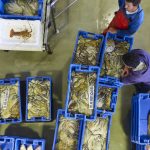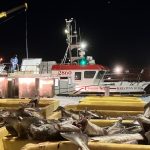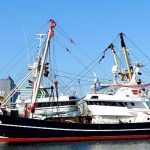As per a new study changes in fishery catches reflect changes in the structure of marine food webs, and so these are a suitable guide to assess the impacts of fishing on marine ecosystem health. CSIRO Wealth from Oceans Flagship scientist, Dr Beth Fulton, and Dr Sean Tracey from the Tasmanian Aquaculture and Fisheries Institute at the University of Tasmania, were members of the international team involved in the study.
Dr Fulton said that biodiversity indicators are used to track the impacts of fishing as a guide to management effectiveness. He added that this is intended to detect shifts from high-trophic-level predators such as Atlantic cod and tunas to low-trophic-level fish, invertebrates and plankton-feeders such as oysters.
Dr Beth Fulton, CSIRODr Tracey said the study was the first large-scale test of whether average trophic level determined by fishery catch is a good indicator of ecosystem average trophic level, marine biodiversity and ecosystem status. Dr Fulton also said that the study found that average trophic level determined from fishery catches does not reliably measure the magnitude of fishing impacts or the rate at which marine ecosystems are being altered by fishing.
Dr Tracey says global fisheries are at a crucial turning point, with high fishing pressure being offset in some regions by rebuilding efforts. Relying on the average trophic level of catch could mislead policy development. Dr Fulton explained that there is a need to develop and expand trend-detection methods that can be applied more widely, particularly to countries with few resources for science and assessment.








